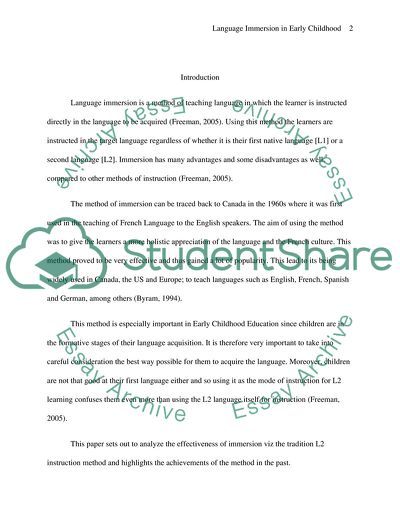Cite this document
(The Most Effective Way of Language Teaching: Language Immersion Term Paper, n.d.)
The Most Effective Way of Language Teaching: Language Immersion Term Paper. https://studentshare.org/education/1745832-english-immersion-in-early-childhood-k-3
The Most Effective Way of Language Teaching: Language Immersion Term Paper. https://studentshare.org/education/1745832-english-immersion-in-early-childhood-k-3
(The Most Effective Way of Language Teaching: Language Immersion Term Paper)
The Most Effective Way of Language Teaching: Language Immersion Term Paper. https://studentshare.org/education/1745832-english-immersion-in-early-childhood-k-3.
The Most Effective Way of Language Teaching: Language Immersion Term Paper. https://studentshare.org/education/1745832-english-immersion-in-early-childhood-k-3.
“The Most Effective Way of Language Teaching: Language Immersion Term Paper”. https://studentshare.org/education/1745832-english-immersion-in-early-childhood-k-3.


